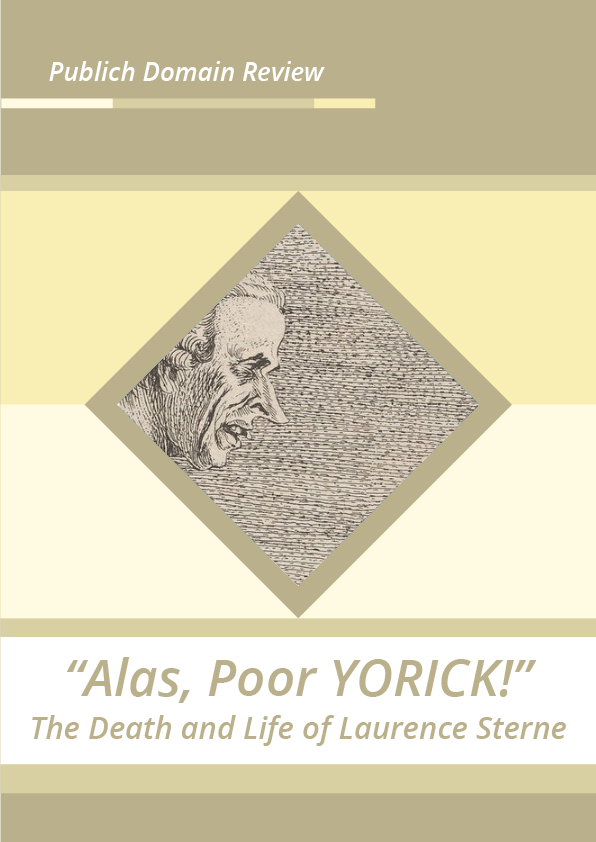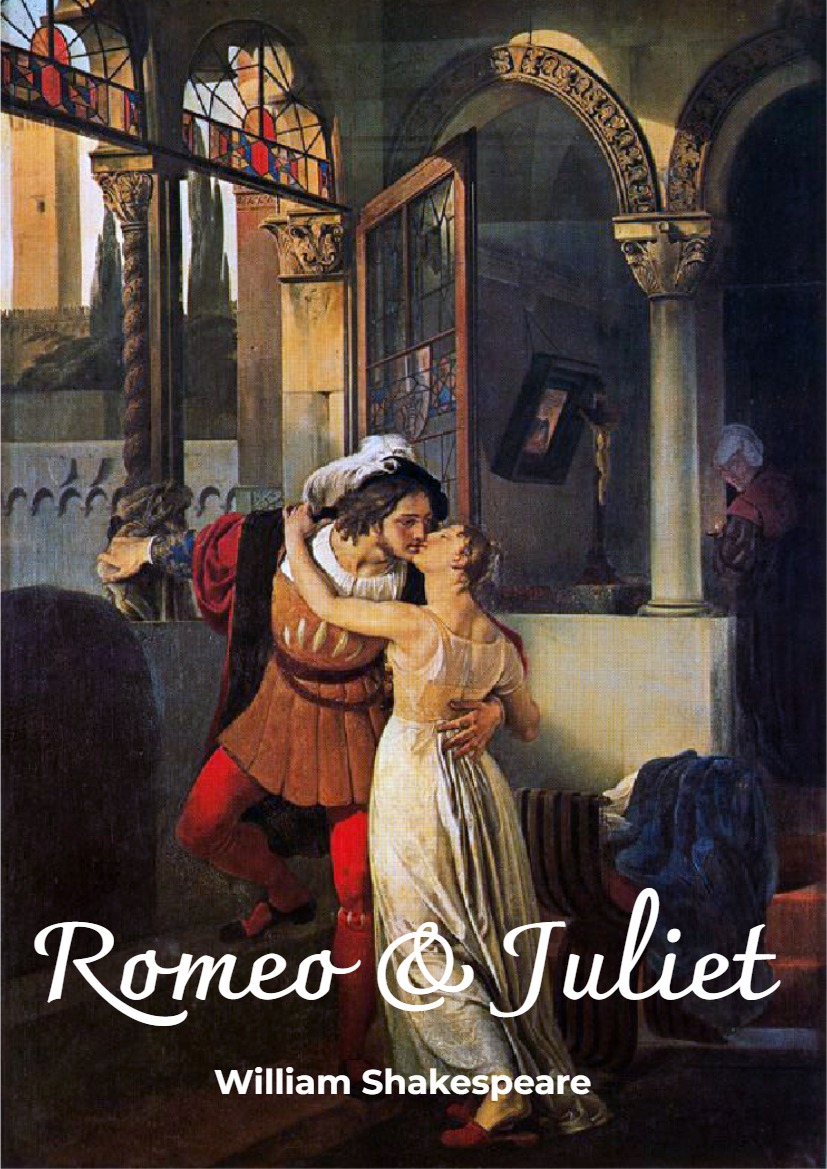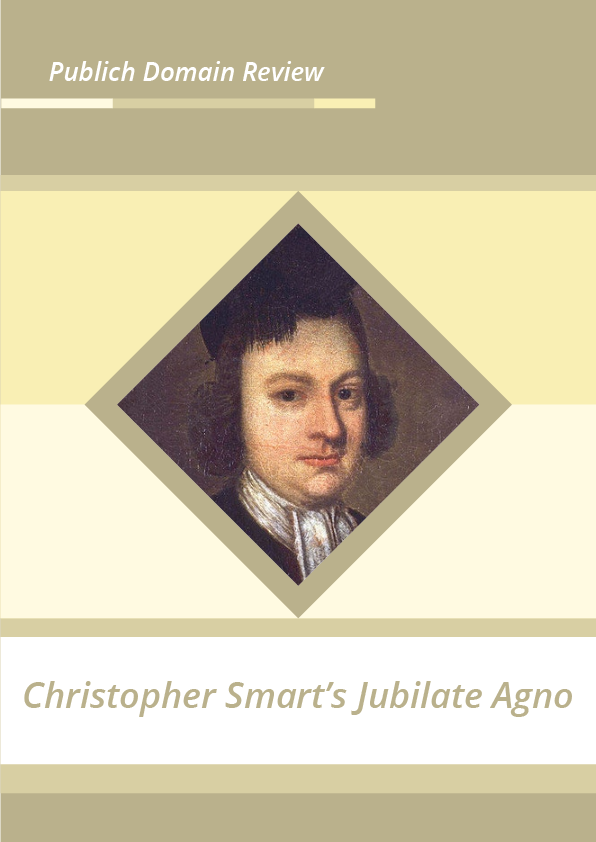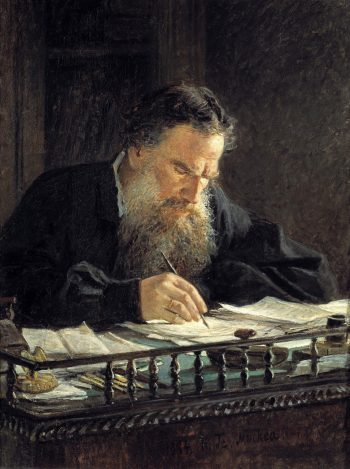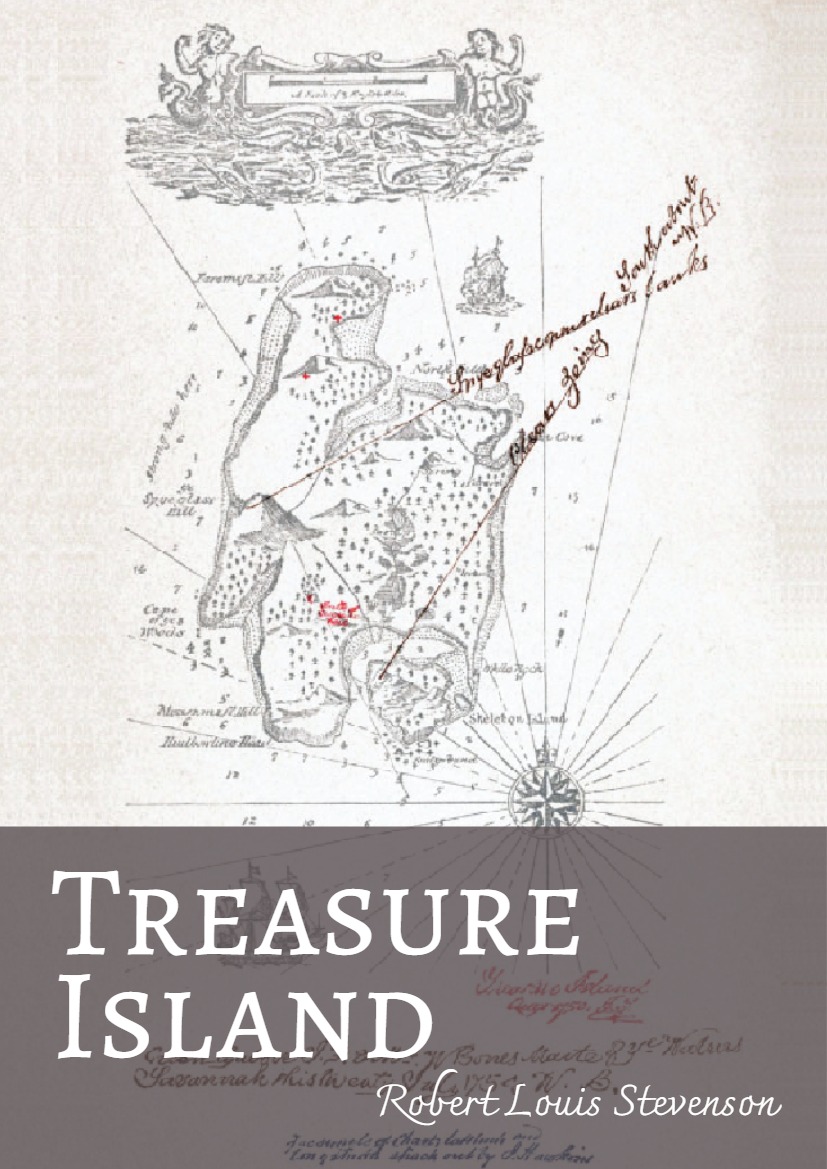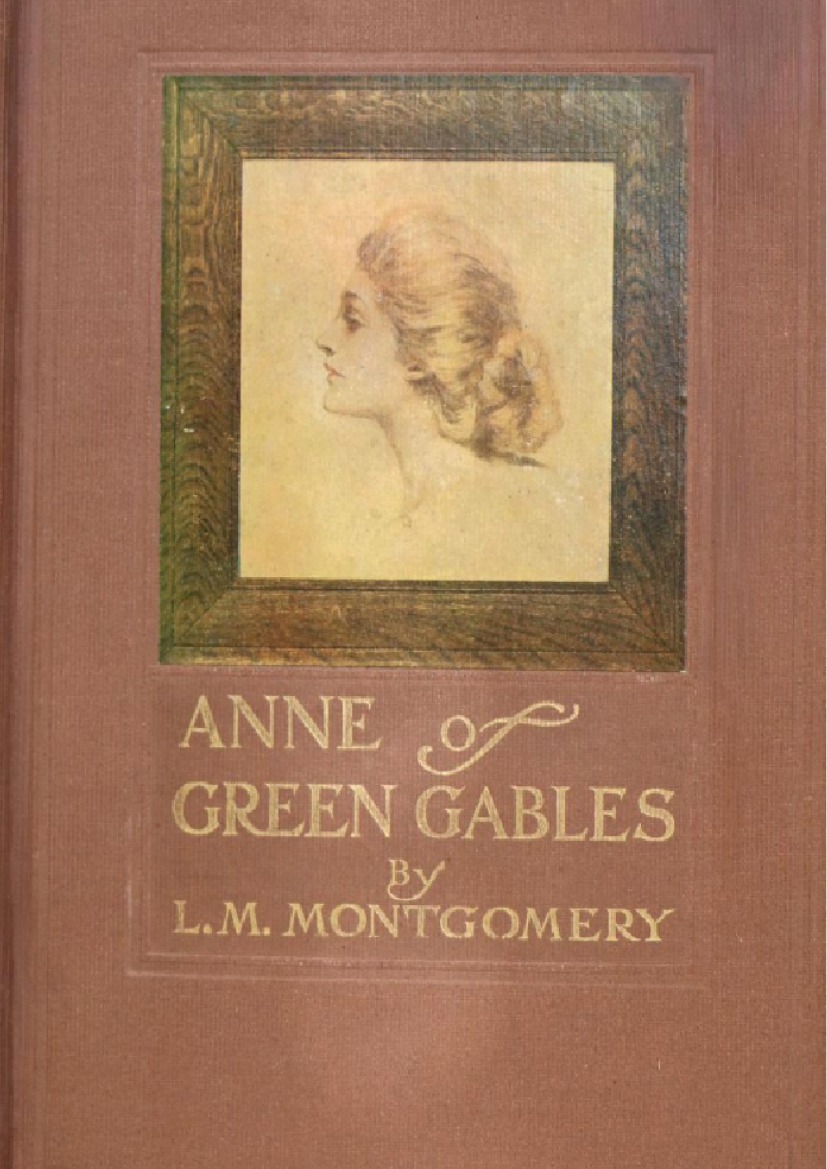On the 250th anniversary of Laurence Sterne’s death, Ian Campbell Ross looks at the engagement with mortality so important to the novelist’s groundbreaking work.
This year brings two notable anniversaries in the life of the Reverend Laurence Sterne, author of The Life and Opinions of Tristram Shandy, Gentleman. Two hundred fifty years ago, on February 27, 1768, he published A Sentimental Journey through France and Italy. By Mr. Yorick. Fewer than three weeks later, on March 18, aged just fifty-four, he died.
Few writers have passed their entire literary career so knowingly in the shadow of death as had Sterne. In the work of still fewer, least of all eighteenth-century comic novelists, does death appear so prominently or so pervasively. In the first of Tristram Shandy’s nine volumes, published in five instalments between 1759 and 1767, Parson Yorick, a fictionalised self-portrait of the author, dies. Three words are inscribed upon the plain marble slab that marks his grave, serving — as passers-by observe it — as both epitaph and elegy: “Alas, poor YORICK!” In Sterne’s novel, these all-too-familiar words face a wholly unfamiliar black leaf: a gesture towards the impenetrability of death that anticipates the many ingenuities that mark out Tristram Shandy as one of the most typographically original of all novels.
NO——I think, I said, I would write two volumes every year, provided the vile cough which then tormented me, and which to this hour I dread worse than the devil, would but give me leave . .
NOW as for my spirits, little have I to lay to their charge . . . in no one moment of my existence . . . have ye once deserted me . . . and when DEATH himself knocked at my door——ye bad him come again; and in so gay a tone of careless indifference, did ye do it, that he doubted of his commission——
“——There must certainly be some mistaken in this matter,” quoth he.
Sterne’s first stay abroad for the sake of his health, made possible by the financial success of Tristram Shandy, took him to France, where he stayed from January 1762 to May 1764. After a lengthy visit to Paris, where he enjoyed once more the social and literary acclaim that he had known in London, he headed south, spending time in Montpellier, and in Toulouse, where he passed the winter of 1763–4. It was this stay that provided Sterne with the material he fictionalised in Tristram’s account of his own flight from death, determined to gallop
without looking once behind me to the banks of the Garonne; and if I hear him clattering at my heels——I’ll scamper away to mount Vesuvius——from thence to Joppa, and from Joppa to the world’s end, where, if he follows me, I pray God he may break his neck——.
The attempt to outrun death led to an improvement in his health that scarcely outlasted his return home. Very soon, he reported that he was “bleeding to death at York, of a small vessel in my lungs——the duce take these bellows of mine”.
Sterne’s second attempt to prolong his life by avoiding the rigours of an English winter took him to France from the autumn of 1765 to the early summer of the following year. It was this visit that furnished further experience of continental travel that he would make the basis of Yorick’s narrative in A Sentimental Journey.
The fact of the author’s death so soon after that work was published gives the very title of A Sentimental Journey through France and Italy an added poignancy. As far as the reader is concerned, Yorick — one of the two characters of his own creation, along with Tristram Shandy, that Sterne chose to impersonate in the years of his fame — gets no farther than a “little decent kind of an inn by the road side” on the French side of the Alps, ready to make an ascent he will never commence.
